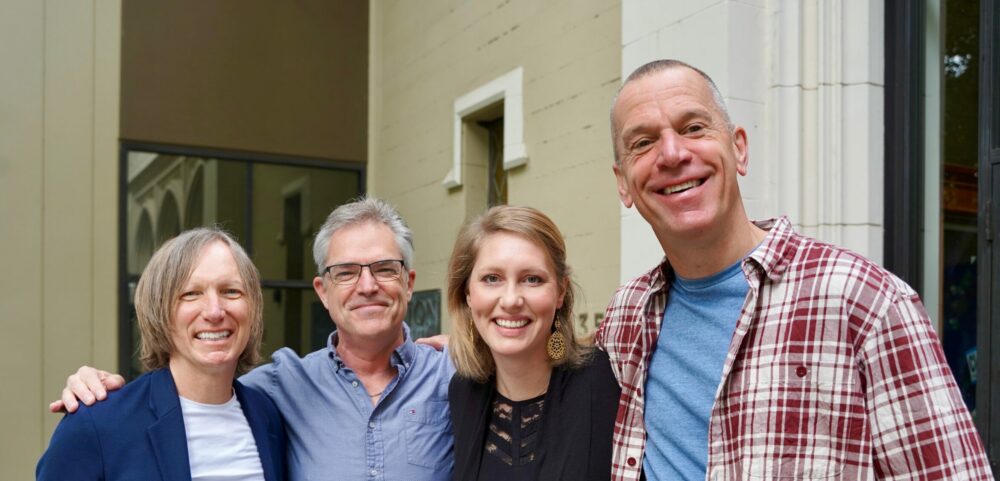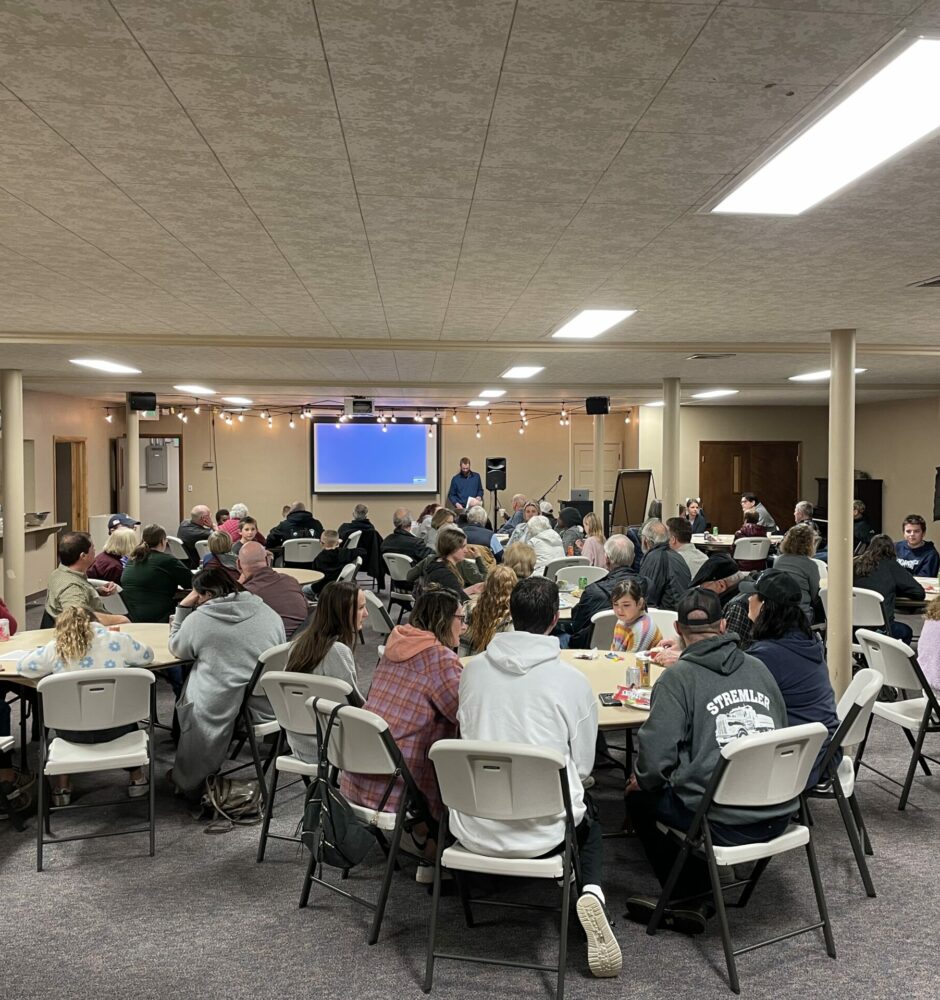Many of us approach mentoring with the idea that it is a process that is based within a specific context: two people sitting across a table from one another engaged in a guided conversation. While that may be true in some instances the posture of mentoring doesn’t have to be limited to a face to face meeting. In fact, initially it might be better if it doesn’t.
Sitting directly across from someone can be an intimidating posture for individuals as they begin to get to know one another in a mentoring relationship. While a table may provide a physical buffer there may still be a sense of vulnerability that comes from being in a person’s direct site of vision for an extended period of time. To help ease that anxiety, it might be helpful to consider the physical posture we employ as we seek to build intergenerational connections.
Rather than starting face to face, consider changing your posture so you are shoulder to shoulder during your initial interactions. Look to do things together that might create space for conversation without having to stay in a fixed location like taking a walk, or meeting outdoors in a park or location with a shared view. This shift in posture may create a more casual atmosphere that sets a foundation for the deeper conversations that are often part of a long-term mentoring connection.


